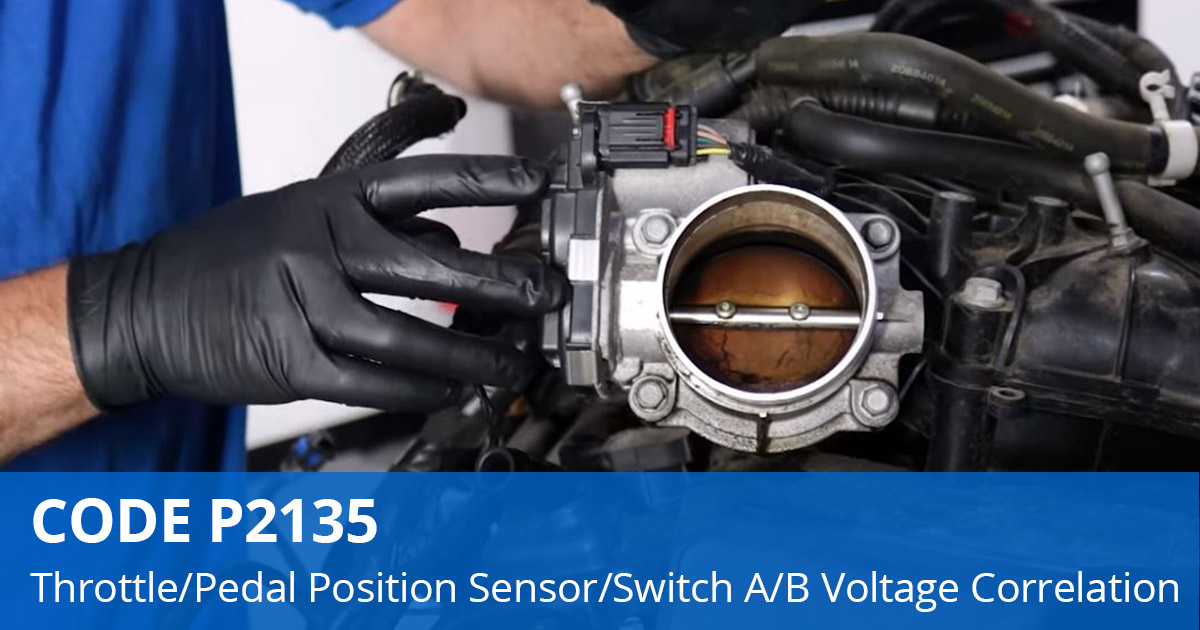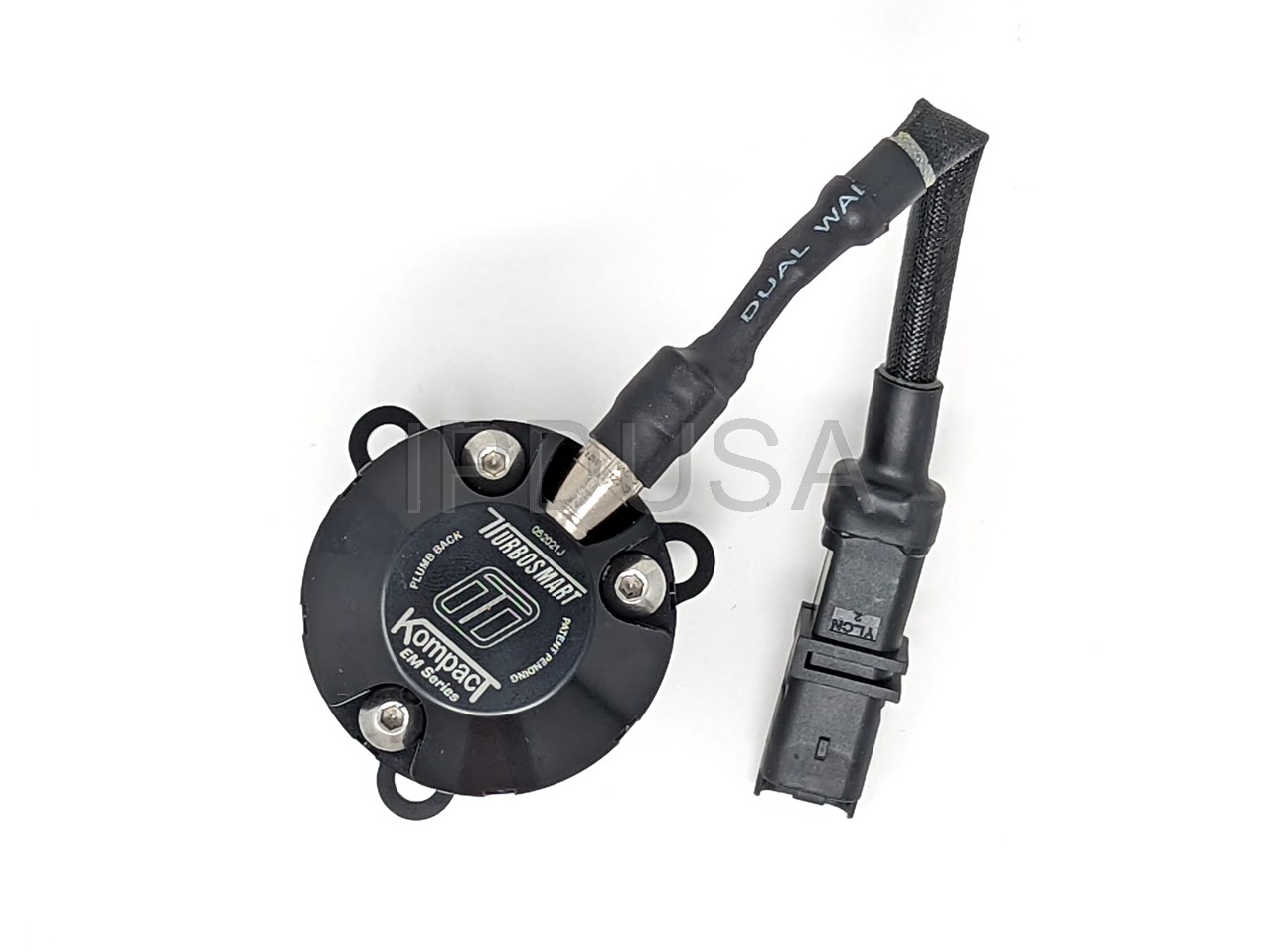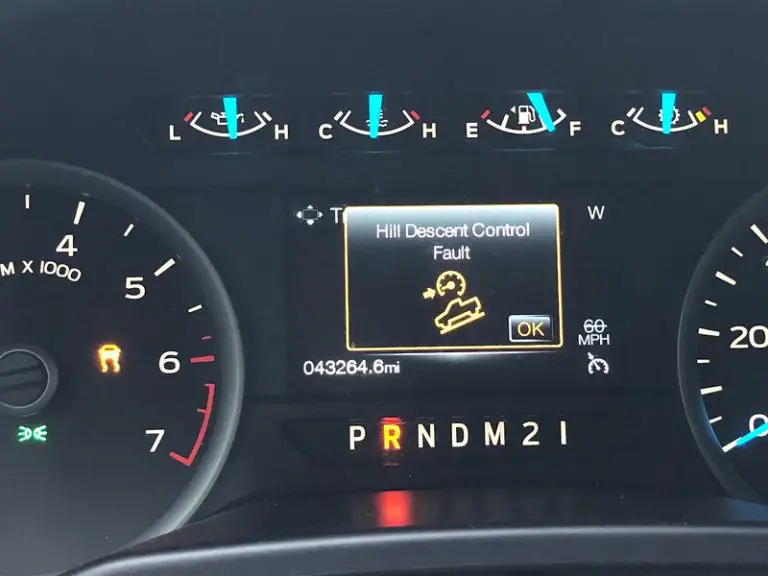How to Bypass Throttle Position Sensor : Expert Tips & Tricks
If you own a vehicle, then you might have experienced the frustration of having a faulty throttle position sensor (TPS). This small yet crucial component plays a significant role in the proper functioning of your vehicle’s engine. However, if you find yourself in a situation where your TPS is malfunctioning, you may be wondering if there is a way to bypass it temporarily to get your vehicle back on the road.
Before we delve into the details of bypassing the throttle position sensor, let’s understand its function and why it’s vital for your vehicle’s performance.

Credit: blog.1aauto.com
What is a Throttle Position Sensor (TPS) and Its Function?
The throttle position sensor is a device that monitors the position of the throttle valve, which regulates the amount of air entering the engine. It sends this information to the engine control unit (ECU) to adjust the fuel injection and ignition timing. Essentially, the TPS plays a crucial role in ensuring that the engine operates efficiently and delivers the right amount of power based on the driver’s input.
Now that we understand the importance of the TPS, let’s move on to the steps to bypass it temporarily if you find yourself in a situation where it has malfunctioned.
How to Temporarily Bypass the Throttle Position Sensor
It’s important to note that bypassing the TPS is not a recommended long-term solution, as it can lead to potential issues with the engine’s performance. However, if you’re in a bind and need to get your vehicle moving, the following steps can help you bypass the TPS temporarily:
Step 1: Safety First
Before attempting any bypassing procedures, ensure that your vehicle is parked in a safe and secure location. Always prioritize safety when working on your vehicle.
Step 2: Locate The Throttle Position Sensor
The TPS is typically located on the throttle body of the engine. Refer to your vehicle’s service manual to find the exact location of the TPS in your specific make and model.
Step 3: Disconnect The Tps Connector
Once you’ve located the TPS, carefully disconnect the electrical connector that is attached to it. This will effectively interrupt the signal from the TPS to the ECU.
Step 4: Manual Throttle Control
With the TPS disconnected, you can now manually control the throttle by pressing the accelerator pedal. Keep in mind that without the TPS, the engine may not respond as smoothly as it normally would, so use caution when operating the vehicle.
It’s important to reiterate that bypassing the TPS should only be done as a temporary measure to move the vehicle to a safer location or a repair facility. Once you’ve bypassed the TPS and safely reached your destination, it’s crucial to have the TPS inspected and repaired by a qualified mechanic.
Frequently Asked Questions Of How To Bypass Throttle Position Sensor : Expert Tips & Tricks
Can You Bypass A Throttle Position Sensor?
Yes, but it may lead to performance issues and decreased fuel efficiency.
What Are The Risks Of Bypassing The Sensor?
Bypassing the sensor can cause irregular idling and potential damage to the engine.
How Does A Throttle Position Sensor Work?
It detects the position of the throttle, sending signals to the engine control unit.
What Are The Signs Of A Faulty Throttle Position Sensor?
Irregular idling, poor acceleration, and illuminated Check Engine light are common signs.
Conclusion
While bypassing the throttle position sensor can provide a temporary solution to get your vehicle moving, it’s essential to address the underlying issue with the TPS to ensure the long-term performance and reliability of your vehicle. Always consult with a professional mechanic to diagnose and repair any issues related to the throttle position sensor to maintain the optimal functioning of your vehicle.
Remember, safety should always be the top priority when working on your vehicle, and temporary bypassing of critical components should only be done in emergency situations. Keep your vehicle well-maintained to avoid unexpected issues with components like the throttle position sensor.







One Comment